|
Shaul Schwarz’s documentary Narco Cultura tracked the mid-2010’s connection between ruthless drug violence and the celebratory musical culture that arose around the cartels. It didn’t lack for revolting people who made their living off of exploitation, and with Schwarz’s follow-up Trophy, he finds more of the deeply hate-able. Schwarz and co-director and cinematographer Christina Clusiau gets honest and chilling access to players in the big-game hunting industry, criss-crossing the world from Texas to South Africa and Zimbabwe and meeting game wardens, conservationists, and the hunters who either support or bedevil both. Trophy complicates an issue that most people have a knee-jerk reaction to, both supporting and contradicting those who are revolted by big-game hunting or who see it as a necessary expression of nature and culture.
0 Comments
The dark years of the AIDS crisis in France are depicted with detail and resilience in Robin Campillo’s BPM, an epic political drama that unites the personal and the political. With a foundation in the French tradition of protest and revolt, the young Parisian activists of Act Up trade the Phyrigan caps and barricades of their ancestors for barrels of fake blood and provocative posters. In the leftist fashion of many offshoot groups at various stages of militancy, Act Up and half a dozen others with similar acronyms share the common goal of recognition for the suffering of the ‘undesirables’ of society and a prompt and effective treatment. When he’s not filming meetings with intense debate over strategy and tactics, Campillo excavates his own memory as an AIDS activist in the early 90’s for deeply personal stories of his peers afflicted with the disease as they transform from vibrant pictures of youth and promise to mottled shells who need all their energy to summon arguments that used to flow out of them at a hyper-literate pace. BPM’s you-are-there historiography of this period makes for a vital transportation back to a time when governments ignored and discounted a rampaging disease because it was happening to people they didn’t feel responsibility toward, a situation thankfully banished to previous decades.
Harry Dean Stanton’s final role must be in consideration for one of his best. In actor-turned-first-time-director John Carroll Lynch’s Lucky, Stanton’s wiry, weathered presence dominates a film that is, fittingly, about endings and death. Stanton’s titular character is a version of himself that never acted or became tangentially famous. Many of the details are the same. Neither Stanton nor Lucky ever married or had children, they both served in the Navy during WWII, both lived much longer than their actuarial tables would suggest, and they’re both friends with David Lynch, who plays a barfly who’s lost his tortoise. From that shared backstory, the film puts Lucky in a dusty California town and simply observes his daily routine and the philosophy that has guided his life. The film knows that Stanton is a charismatic presence in spite of himself, and it’s a pleasure to watch him do anything, even if it’s as acinematic as working on a crossword puzzle in a diner.
Documentaries are rarely served by the documentarians themselves appearing in front of the camera. Overheated navel-gazing ensues, or less irritatingly, they fail by being less interesting than the subject they’re filming. The exception to this is Agnes Varda, a distinctive and unique presence who is welcome to talk about herself onscreen for as long as she wants. In her beautiful Faces Places, the iconic French director teams up with youthful photographer JR for a trip through a lesser-seen France, far away from the streets of Paris. The unlikely duo bring joy wherever they go, both to the blue-collar inhabitants of the countryside and to the viewer.
Paul Thomas Anderson’s best film for me is The Master, and his latest, Phantom Thread, is masters all the way down. Masters on the way out, masters continuing their brilliance, and new masters emerging into the mainstream. Daniel Day Lewis stars in what he claims is his final performance, putting a restrained cap on an expressive and dominant career. PTA continues to make surprising idiosyncratic films finely tuned to his voice, distinct from the homage and imitation of his superlative early career but of a piece with a resume that marks him as the greatest director working in film today. Co-star Vicky Krieps, an unknown Luxembourgian actor, also emerges in one of the finest performances of PTA’s filmography, standing toe-to-toe with Day Lewis and forcing him to share the film with a person whose name on a poster could someday soon reap the Day-Lewis-ian levels of anticipation. A film about perfectionists by perfectionists, Phantom Thread lives up to the high standard that’s come to be expected from PTA.
The 19th film from Pixar studios, Coco, takes liberally from the animated masterpieces that have come before it. Outliving one’s usefulness is here, as it has been in the Toy Story films. A magical moment of Proustian recall evokes personal favorite Ratatouille. A theme of reunion runs through Coco, as it did in Finding Nemo/Dory and The Good Dinosaur. This kind of connection to Pixar’s artistic past is anything but a crutch, especially when Coco itself is dedicated to keeping the past alive. This applies to the characters within Lee Unkrich’s and Adrian Molina’s beautiful film and to Coco itself, another Pixar masterwork that slots in next to the studio’s many other highlights.
In Margot Robbie’s brief career, she’s played the wife of a camera-addressing unreliable narrator and she’s had a memorable camera-addressing cameo. In I, Tonya, she gets to be the camera-addressing unreliable narrator, bringing as much desperate passion to the role of Tonya Harding as her former screen-husband Leonardo DiCaprio brought to Jordan Belfort in Wolf of Wall Street. Besides sharing Robbie’s presence, those two films have much in common, from the incriminating finger it points at the audience to Craig Gillespie’s aping of Martin Scorsese’s propulsive style. Scorsese is constantly in the margins of I, Tonya, but this is no kneecapping insult to a master’s patented form. I, Tonya has a big heart towards its real-life inspiration and its cinematic one as well, a combination that sits comfortably next to the derision and disgust the film holds for this peculiar tale’s less sympathetic characters. Of course, whether or not Tonya Harding herself is a sympathetic character remains an open question.
Greta Gerwig, queen of indie cinema, has been in a dozen films about tentative young women trying to figure out the next steps of their lives. The best of these, like Frances Ha and 20th Century Women, balance a light tone with serious introspection, while the worst, like Greenberg and Lola Versus, devalue Gerwig’s character as either a prop or a caricature. Having taken part in so many versions of that particular archetype, Gerwig is uniquely suited to turn back the clock to 2003 and make her own film about the kind of person some of her characters might’ve been in their teenage years. By also turning the protagonist into a rough approximation of herself, Gerwig can also construct a deeply specific coming-of-age story with an anti-indie sensibility. For all the focus on the titular Lady Bird in Gerwig’s immaculate directorial debut, she’s only one grounded and affecting character in a film packed with them. No props or caricatures here, just love for everyone that graces the screen and a film that is impossible to not fall for.
Brett Morgen splices together dozens of hours of previously-unseen footage of Jane Goodall’s work with chimpanzees in 2017’s best documentary. Jane is devoted to ten years of Goodall’s early career, through her recruitment by famed paleontologist Louis Leakey and the successes and failures of her personal and professional life. Intercut with present-day Goodall putting wry cappers on events, the doc works as nature footage and excels as a first-hand account of misogyny within a family unit and in the whole of a society.
Swedish director Ruben Ostlund makes big, heady films, and The Square is certainly one of those. Ostlund’s Force Majeure began with a split-second decision and played out its ramifications over the proceeding runtime, interrogating the bargains that families make with each other and nothing less weighty than what it means to be a man. For The Square, he turns his eye towards himself and creators like him, asking what is and isn’t art while also poking fun at the lifestyle of exactly the kind of person who would ask such a question. Each scene is about many things, both for the characters and for broader society, making The Square the kind of film that encourages the viewer to try and divine what it is the director is trying to say. That kind of intellectual work lands side by side with a film that constantly entertains in absurd conversations or broad set pieces, making The Square a delight across all cinematic avenues.
|
Side PiecesRandom projects from the MMC Universe. Categories
All
Archives
April 2023
|
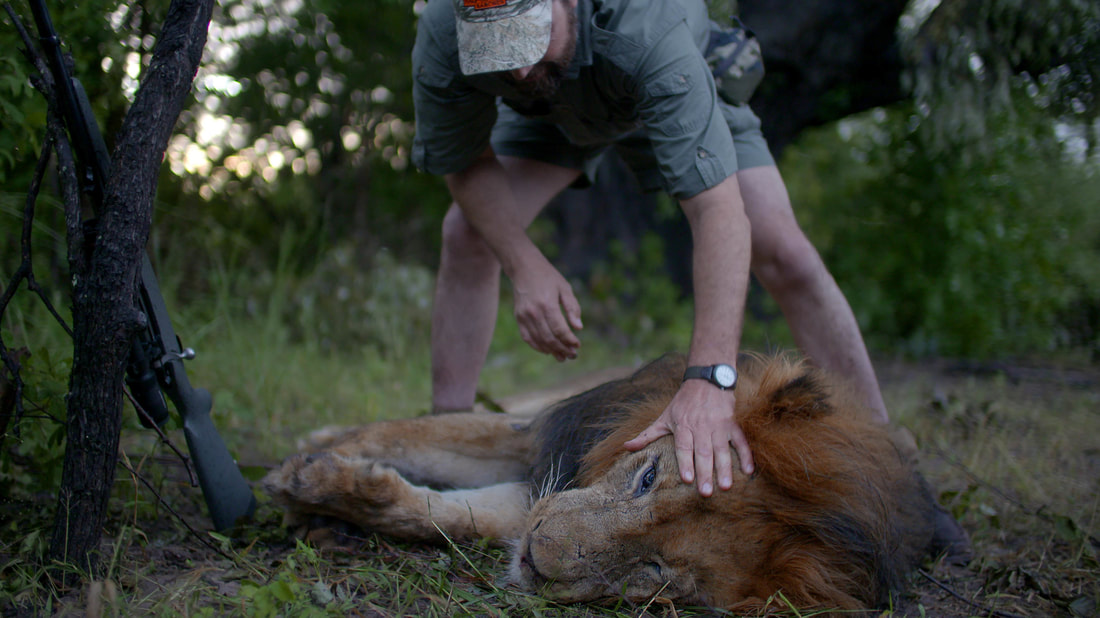
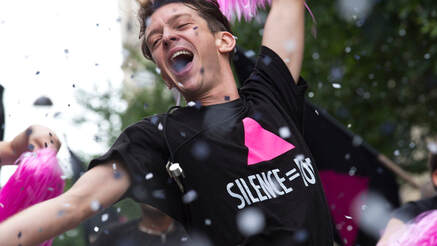
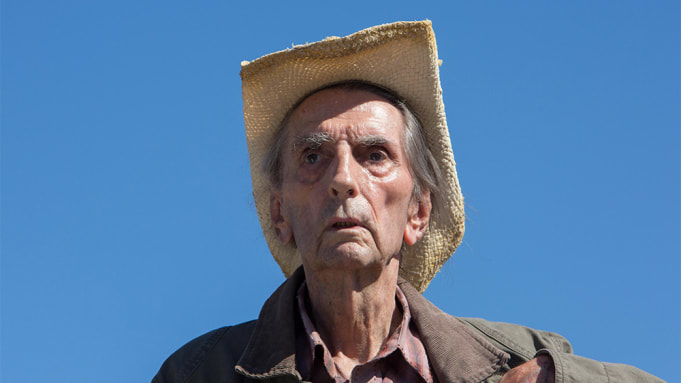
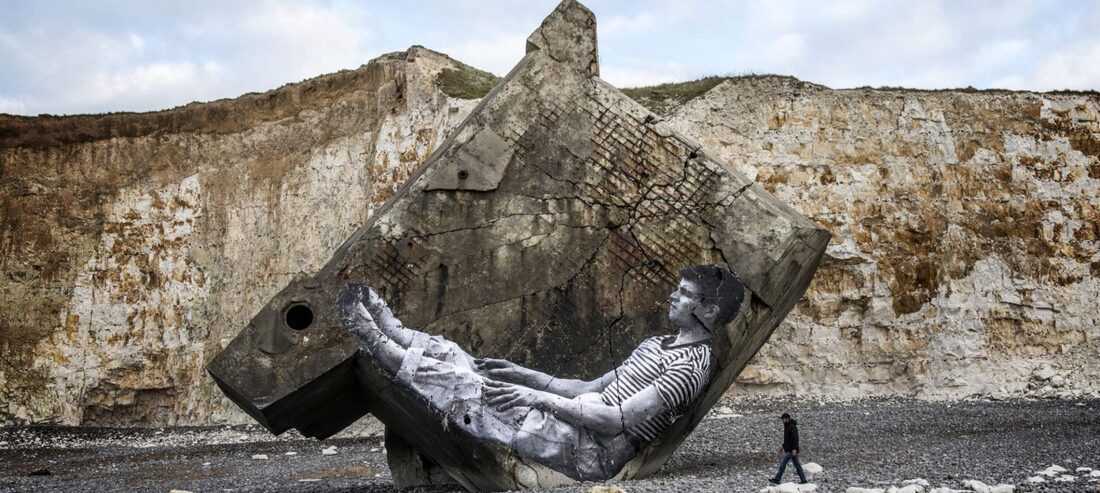
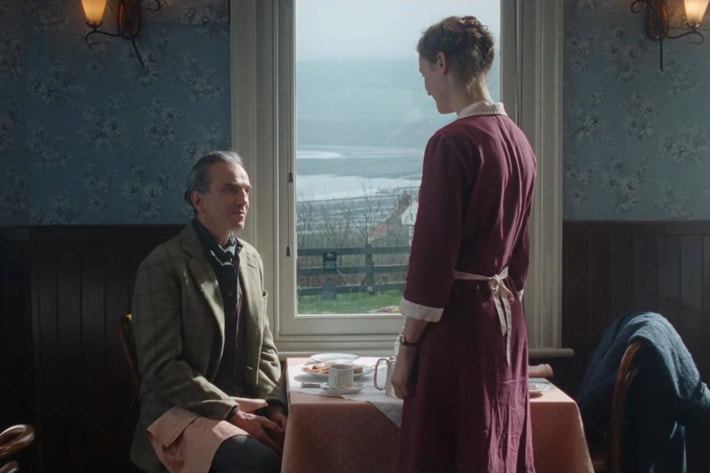
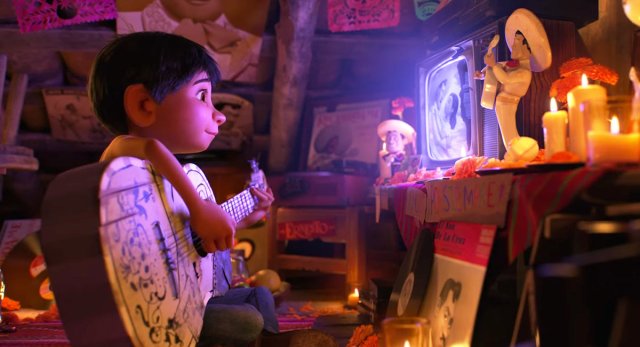
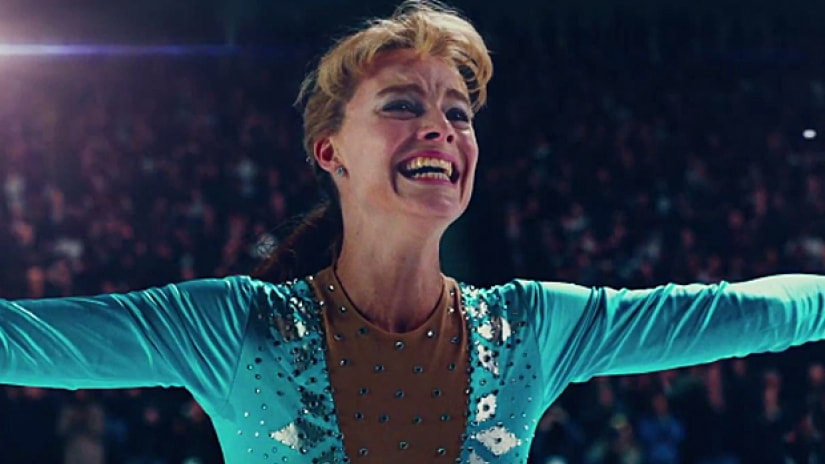
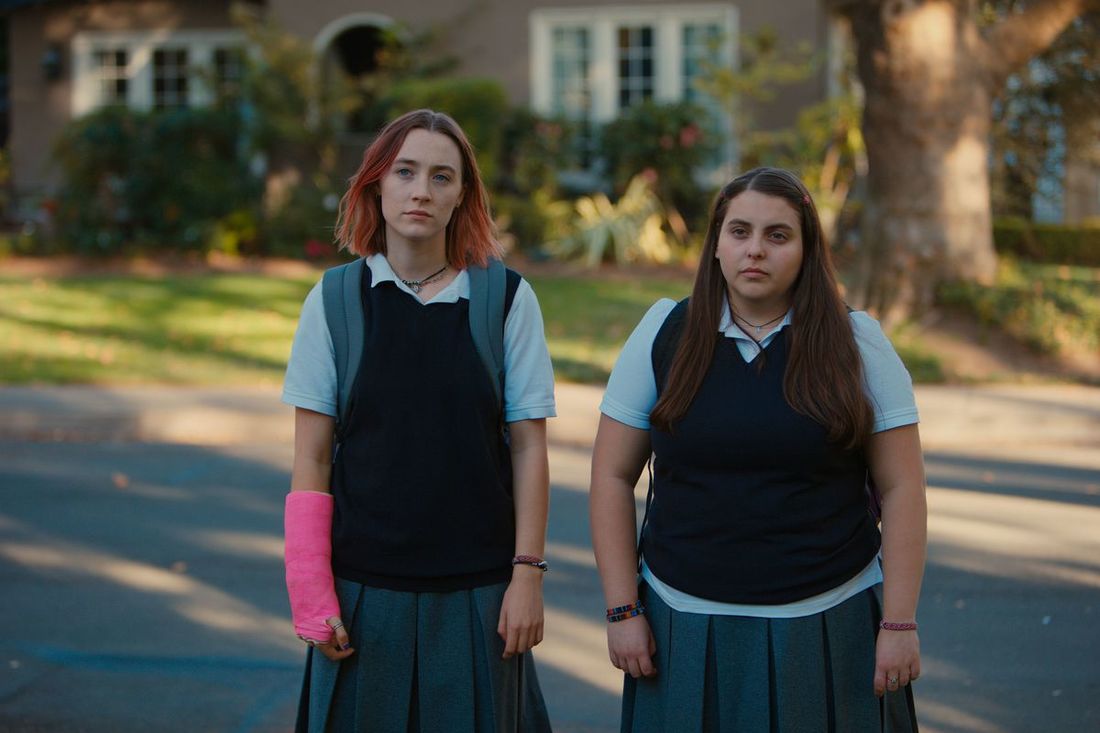
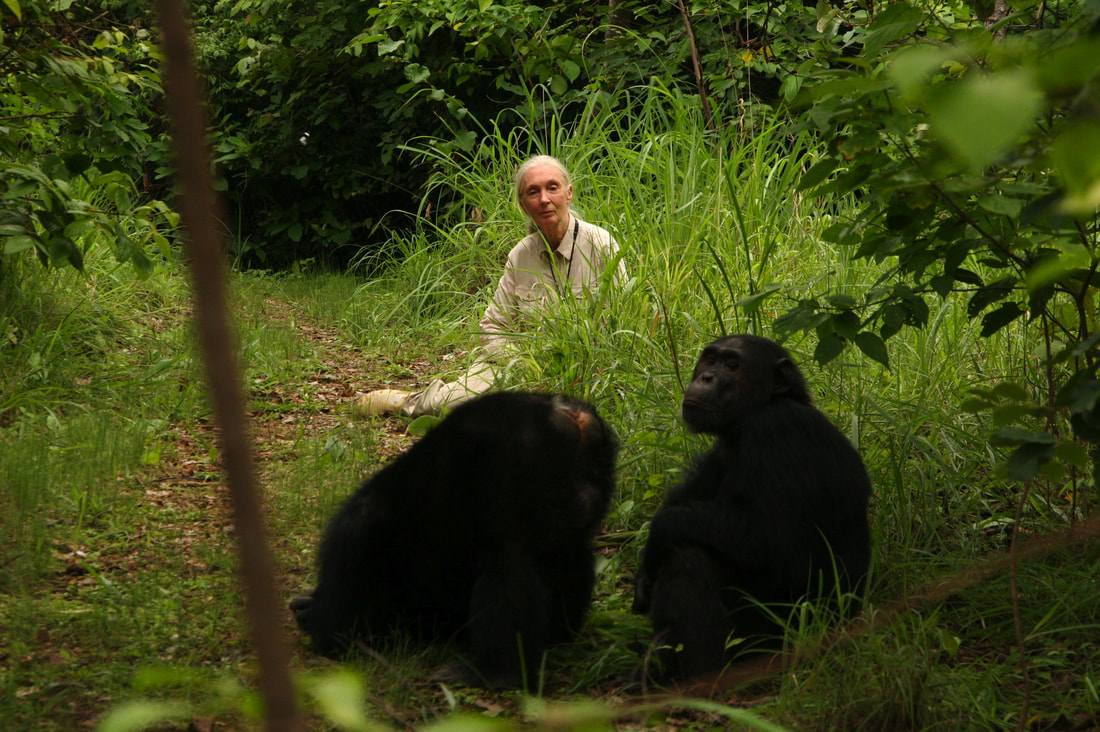
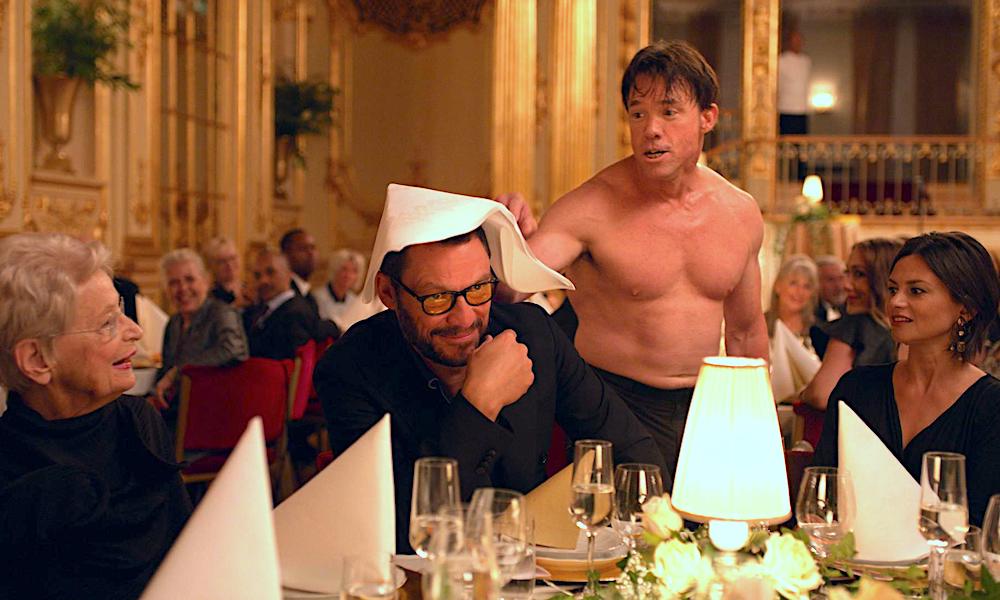
 RSS Feed
RSS Feed